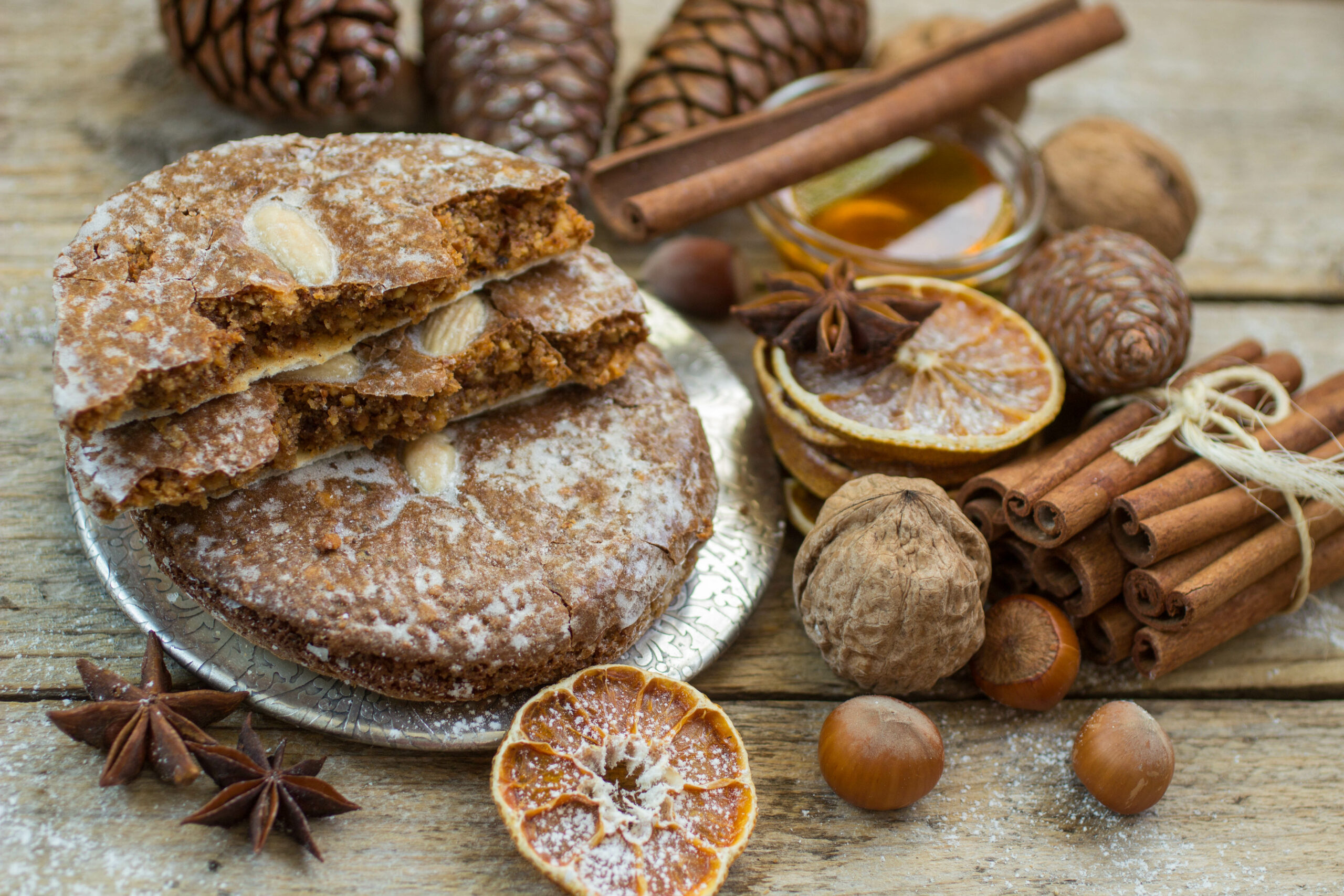
Thrilling victory: Habtoor Polo
The thrilling Gold Cup finals kicked off with Dubai Wolves...

The thrilling Gold Cup finals kicked off with Dubai Wolves...
Traditionally, the Silver Cup, held at handicap level 20, marks...
25.000 of spectators who strolled through the PoloVillage, enjoyed the...
Fashion is fast-moving, collections change with the seasons and often...
Dermatologists and cosmetic studios have been successfully offering light therapy...
Working in the United States, emerging democracies, and democracies in-conflict...
The thrilling Gold Cup finals kicked off with Dubai Wolves by CAFU securing the..
Read More25.000 of spectators who strolled through the PoloVillage, enjoyed the exclusive atmosphere and..
Read MoreFashion is fast-moving, collections change with the seasons and often even..
Read MoreDermatologists and cosmetic studios have been successfully offering light therapy as a skin treatment..
Read MoreA modern maharaja: blending tradition and progress. His Highness Sawai Padmanabh Singh, the 303rd..
Read MoreThe Rolls-Royce La Rose Noire, an extraordinary motor car, presented to the clients who..
Read More
In many regions of Germany, these finely spiced delicacies have a centuries-old tradition and are eaten in many varieties, especially at Christmas time. The best-known honey cake pastries are Nürnberger Lebkuchen, Printen or Pfefferkuchen. Lovers of sweet delicacies all over the world love the different types of gingerbread. Therefore, exporting the finest varieties have become an attractive business for bakeries.
A characteristic feature of all gingerbreads is that they traditionally contain a lot of honey as a sweetener, but very little milk, water or fat is added to the dough. The dry, sweet texture means that the gingerbread can be eaten for a long time. Another typical feature of all gingerbread varieties is that they contain numerous spices. Typical is a mixture of ginger, aniseed, fennel, cloves, coriander, cardamom, allspice and cinnamon. The mixture of spices varies from region to region. Many confectioners have their own house recipe and keep the mixture a closely guarded secret.
As early as the 13th century, the monks in the monasteries liked to eat peppered gingerbread, the so-called “Pfefferkuchen”, with their strong beer during Lent. The term “pepper cake” has its origins in the fact that in the Middle Ages spices were often simply grouped together under the general term “pepper”. Since spices such as cloves, cinnamon, aniseed, coriander, ginger and nutmeg were also considered healthy, healing, digestive and appetising in the Middle Ages, theenterprising monks in the monastery bakeries produced small cakes (called “panis piperatus”) which they sold to the faithful, thus generating additional income for the monasteries.
Today’s gingerbread certainly doesn’t have much in common with the original version. In the meantime, many bakers use sugar and honey – because it is much more expensive than sugar – is only added to the dough for refinement. There are many varieties of gingerbread and the recipes vary from region to region. The centre of German gingerbread production has always been the city of Nuremberg. The best-known Nuremberg gingerbread is the large, usually round oblate gingerbread. They are offered with sugar icing, with chocolate coating or also in the variant without coating. All types of gingerbread may bear the designation “Nürnberger-Lebkuchen”, provided they are produced within the city limits of Nuremberg. This is merely a designation of origin; it does not imply any special quality standards. Only gingerbread of the highest quality may bear the designation “Elisen-Lebkuchen”.
“Elisen-Lebkuchen” must contain at least 25 % almonds, hazelnuts or walnuts and a maximum of 10% flour. Domino stones are another very popular gingerbread speciality. The original consists of one layer each of gingerbread, marzipan and jelly and a layer of dark chocolate. Gingerbread men, stars and “Printen” (soft gingerbread covered in chocolate all around, usually made in a rectangular shape) are also very popular at Christmas time. The gingerbread men and stars are often artistically decorated with coloured icing.
An old legend says that the Elisen gingerbread was invented around 1720 by a Nuremberg “Lebzelter” (gingerbread baker). Elisabeth, the daughter of the “Lebzelter” was so seriously ill that no doctor could cure her. However, beside himself with worry for his beloved daughter, the Lebzelter remembered the effect of oriental spices and which he had always used to make his gingerbread. He invented a new recipe in which he prepared the gingerbread with a variety of spices, without flour but with plenty of almonds. He handed the finished baked product to his daughter to eat. She ate the gingerbread and became healthy again. Out of gratitude for the healing of his daughter Elisabeth, the gingerbread maker called his high-quality gingerbread Elisenlebkuchen.

The thrilling Gold Cup finals kicked off with Dubai Wolves by CAFU securing the initial

Traditionally, the Silver Cup, held at handicap level 20, marks the start of the Dubai

25.000 of spectators who strolled through the PoloVillage, enjoyed the exclusive atmosphere and soaked up
[user_registration_form id=”9713″]
Membership as a POLO & LUXURY Insider is free.
POLO & LUXURY do not share your data with third parties.
[user_registration_my_account redirect_url=”my-account”]